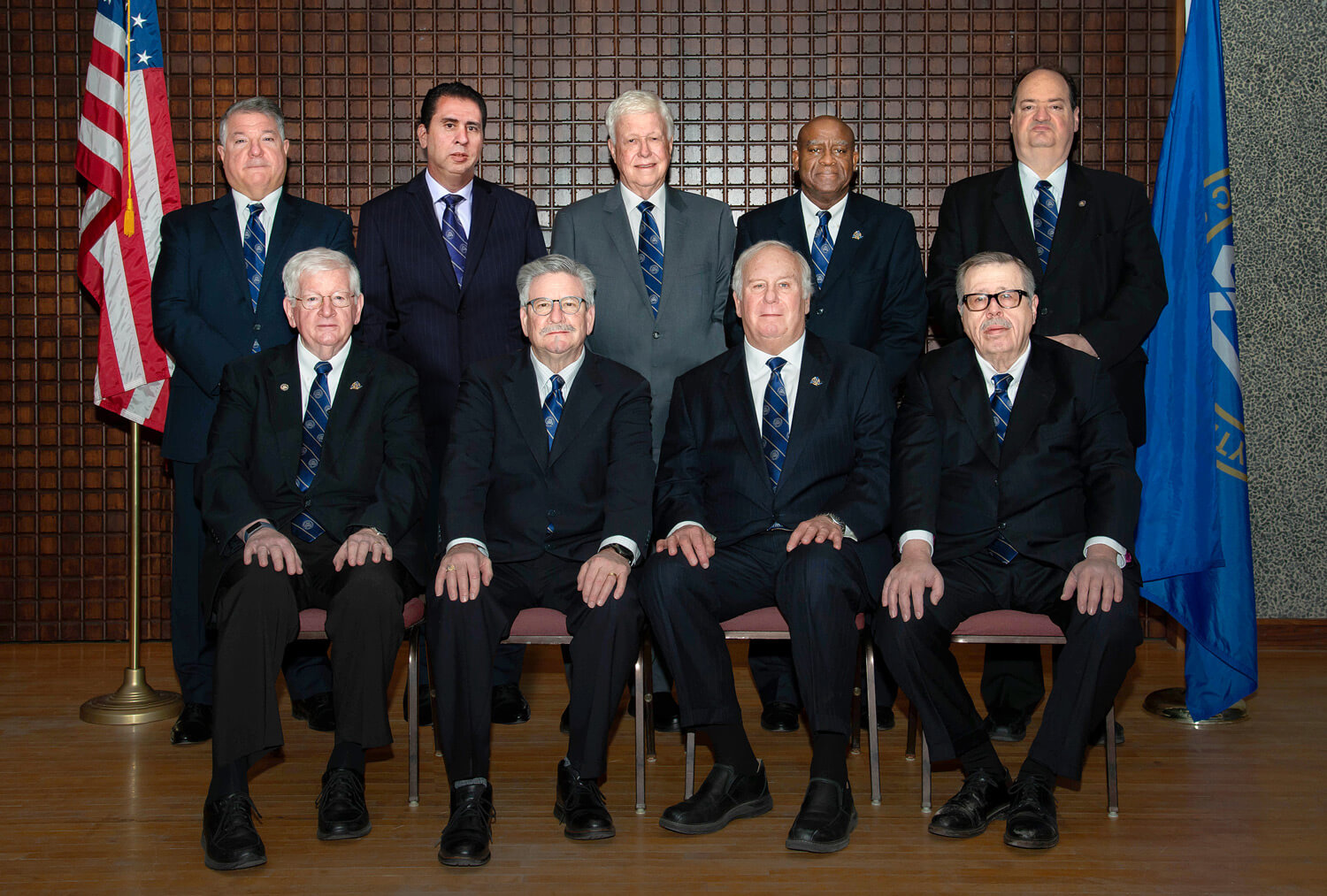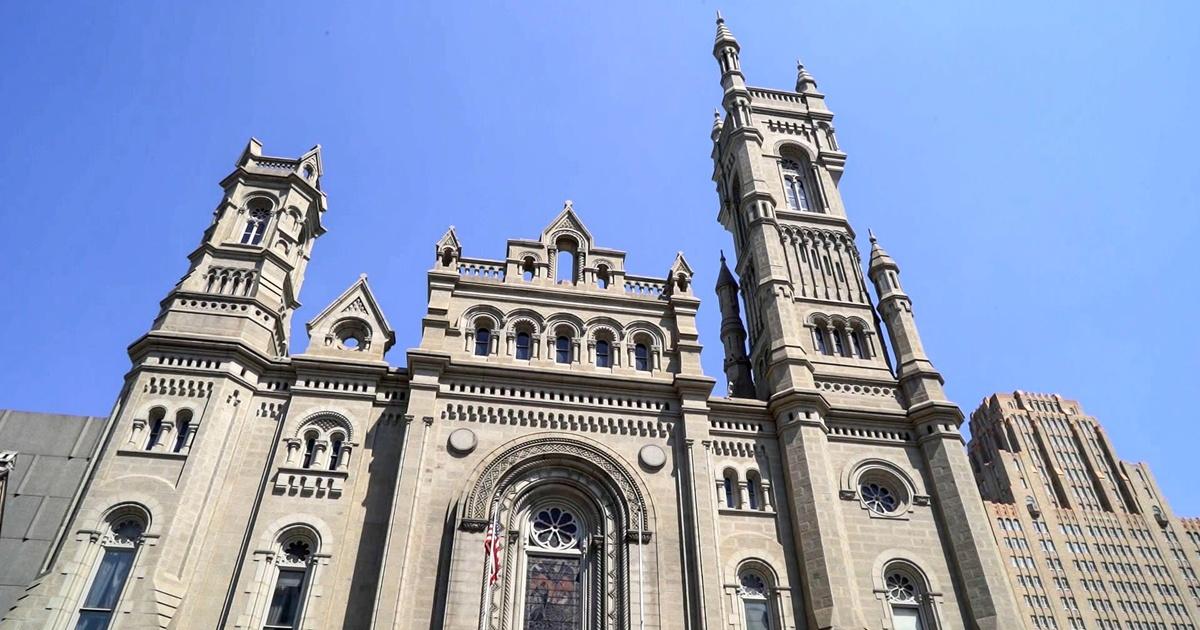Learn the Details Behind the Membership Process to Join Freemason Quickly
Learn the Details Behind the Membership Process to Join Freemason Quickly
Blog Article
Discovering the Mysteries of the copyright: What You Need to Know
The copyright, a term often shrouded in intrigue and dispute, represents a complicated tapestry of historic truth and modern-day misconception. Established in the late 18th century, this secret culture was at first rooted in the Knowledge's ideals yet has considering that become associated with conspiracy theories concerning elite control. As we navigate the origins, vital numbers, and the stark contrast in between misconception and reality, one need to consider exactly how these stories affect contemporary understandings of power and privacy. What might be exposed with a more detailed evaluation of these aspects can test long-held assumptions regarding the darkness that stick around in our culture.
Origins of the copyright
The origins of the copyright are steeped in a blend of historical intrigue and ideological fervor. Established in 1776 in Ingolstadt, Bavaria, by Adam Weishaupt, the team was at first developed as a secret culture intended at advertising Enlightenment suitables such as reason, secularism, and the separation of church and state. join freemason. Weishaupt, a professor of canon legislation, sought to challenge the prevailing authority of the church and state, which he considered as oppressive organizations stifling intellectual and personal freedom
The copyright sought to hire influential participants from numerous social fields, consisting of national politics, academia, and the arts, to promote a network dedicated to these Enlightenment concepts. The culture run under a shroud of secrecy, using coded language and rituals to shield its participants from persecution, specifically given the repressive environment of the time. The copyright faced considerable opposition from both governmental authorities and religious establishments, which watched the team as a risk to their power.
Key Numbers and Members
Who were the crucial figures that shaped the copyright's very early influence and instructions? The Bavarian copyright, established in 1776 by Adam Weishaupt, became a response to the overbearing societal frameworks of the time. Weishaupt, a regulation teacher, visualized the company as a way to promote Knowledge ideals such as factor, secularism, and equality. His first recruitment initiatives included significant intellectuals, such as Baron von Knigge, that played a critical function in increasing the group's subscription and business structure.
One more substantial figure was Johann Gottlieb Fichte, a famous philosopher whose ideas on nationalism and education and learning resonated with the copyright's goals. Although Fichte was not an official member, his philosophical supports influenced the group's ideological background. Additionally, figures like the author and thinker Johann Wolfgang von Goethe were related to the broader intellectual motions of the moment, although their direct involvement with the copyright stays questioned.
These key figures added to the copyright's very early instructions, pushing the boundaries of political and social thought, while their collective efforts aimed to test well established standards and foster an environment of progressive change in Europe. (join freemason)
Myths vs. Truth
Many misconceptions surround the copyright, often mixing reality with fiction in a means that covers its true nature. The notion that the copyright continues to apply significant impact over globe events is a myth.
An additional widespread misconception is that the copyright makes up a network of elite individuals manipulating international events. In truth, numerous conspiracy concepts exaggerate the group's significance, connecting unproven intentions to societal fads and events. This has brought about an oversimplified sight of complicated issues.
In addition, the portrayal of the copyright in popular society commonly additional misshapes its tradition. Films and literary works have a tendency to sensationalize the organization's duty, producing a story that splits from historical realities. Comprehending the distinction in between the misconceptions and the truth of the copyright is more information crucial for critical the genuine influence of this historical team and acknowledging the broader effects of conspiracy concepts in contemporary culture.

Modern Interpretations
Contemporary analyses of the copyright usually reflect broader societal stress and anxieties and a fascination with secrecy and power. This modern-day lens frequently links the copyright with conspiracy theory theories that recommend a hidden elite coordinates world occasions, manipulating federal governments and economic climates for their very own gain. Such narratives take advantage of a deep-rooted suspect of authority, specifically in times of dilemma or social turmoil.
In pop culture, the copyright is frequently shown as an omnipotent company shrouded in enigma, resulting in a wide variety of imaginary representations in literature, film, and songs. This portrayal serves not just to entertain however additionally to prompt considered the nature of power and control in modern society. Social network has actually further enhanced these analyses, permitting for rapid dissemination of conspiracy theory concepts and creating neighborhoods that share and increase upon these ideas.
Furthermore, some contemporary analyses mount the copyright as an allegory for the complexities of globalization and the interconnectedness of influential individuals and organizations. This viewpoint urges a crucial evaluation of exactly how power characteristics run in today's globe, highlighting the equilibrium in between openness and privacy in administration and corporate practices.
Cultural Impact and Legacy
Influenced by centuries Click This Link of intrigue, the social influence and tradition of the copyright prolong far past its historic origins. This secret society, established in the late 18th century, has actually penetrated different facets of popular society, from literary works and film to songs and art. join freemason. The principle of the copyright has developed into an icon of conspiracy concepts, often standing for a viewed surprise power manipulating worldwide events
In literary works, writers like Dan Brown have actually woven the copyright right into elaborate stories, fascinating viewers with styles of secrecy and power. Movies such as "National Treasure" and "The Da Vinci Code" further bolster the appeal of the culture, blending fact with fiction to produce engaging stories.

Ultimately, the copyright's heritage is a complex tapestry of misconception and truth, forming understandings of privacy and control in contemporary discussion. helpful resources Its enduring visibility in culture emphasizes humankind's seasonal mission for recognizing covert facts.

Final Thought
The exploration of the copyright discloses a complicated interaction between historic truths and modern-day myth-making. Established in the Enlightenment age, this society intended to test oppressive frameworks, yet its legacy has actually been overshadowed by conspiracy theory theories that recommend elite manipulation. Recognizing the distinctions in between the initial suitables and modern interpretations is crucial for comprehending the sustaining fascination with the copyright and its considerable impact on cultural narratives bordering power and secrecy in society.
Report this page